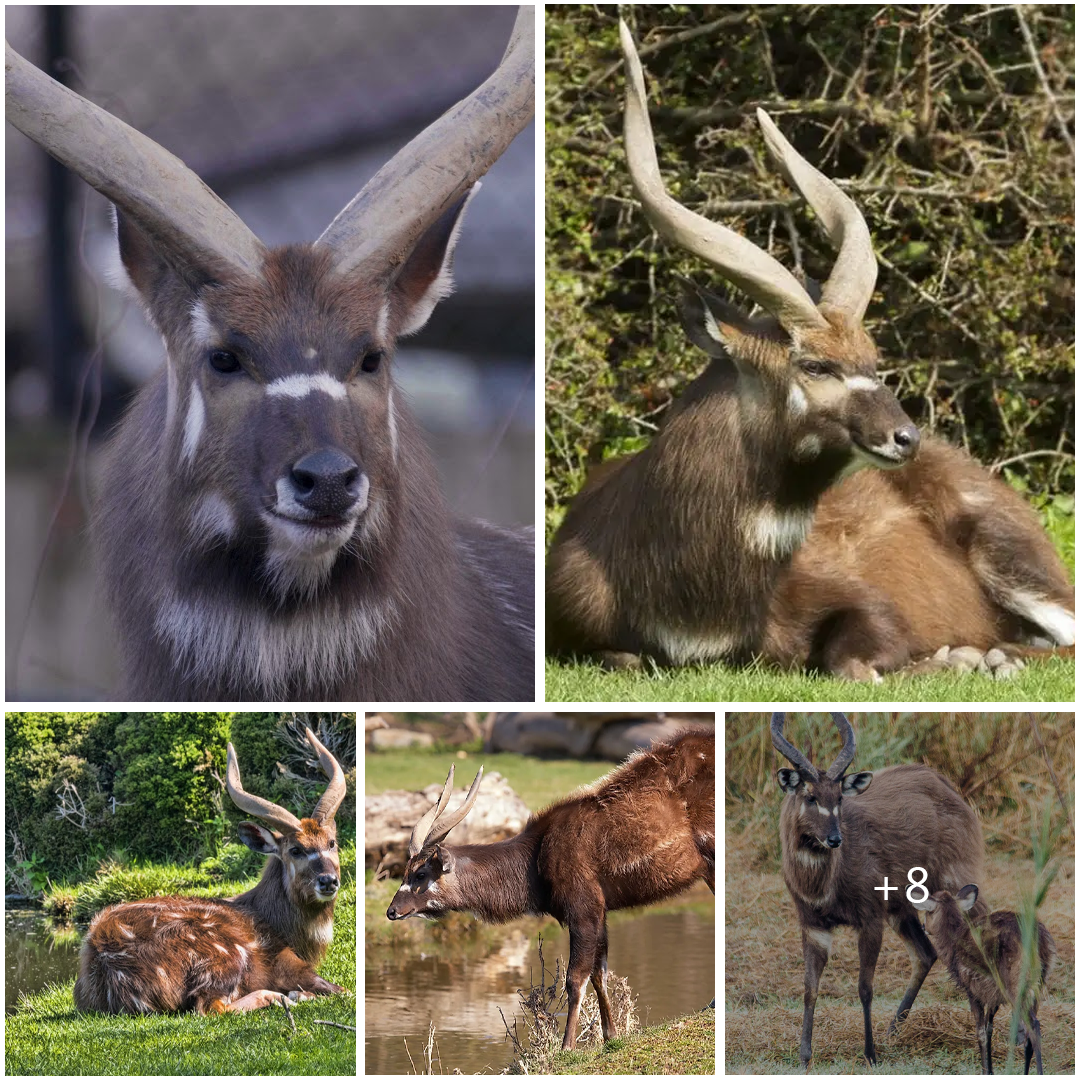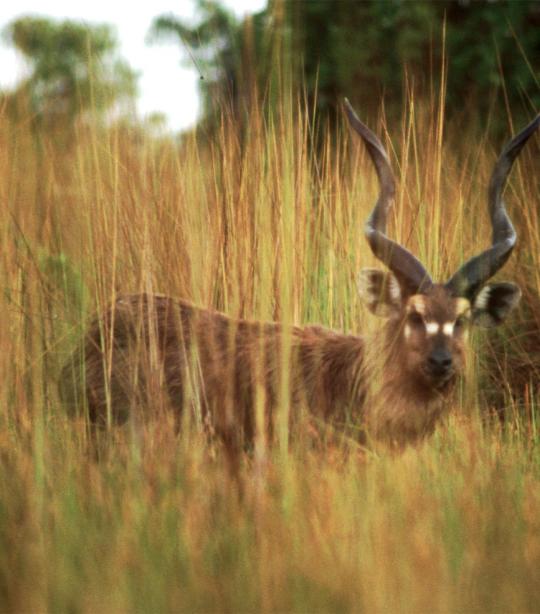
Exploring the Fascinating World of the Sitatunga Antelope
In the lush wetlands of central Africa, a graceful and elusive creature roams silently, its presence often concealed by the dense foliage. The Sitatunga antelope, scientifically known as Tragelaphus spekii, is a remarkable species uniquely adapted to its watery habitat. Let’s delve into the world of this captivating antelope and uncover its secrets.
Habitat and Distribution
The Sitatunga is primarily found in the swamps, marshes, and floodplains of sub-Saharan Africa, with its range stretching from Senegal in the west to Ethiopia in the east, and as far south as Angola and Zambia. These regions provide the antelope with the perfect blend of water, dense vegetation, and cover necessary for its survival.
Physical Characteristics
One of the most striking features of the Sitatunga is its adaptation to an aquatic lifestyle. Unlike other antelope species, Sitatungas have elongated, splayed hooves that help them navigate through marshy terrain and traverse floating vegetation with ease. Their long, shaggy coats are water-repellent, providing insulation and protection against the elements. Males typically sport spiral-shaped horns, while females are usually hornless.

Behavior and Adaptations
Sitatungas are predominantly crepuscular, meaning they are most active during dawn and dusk. They are expert swimmers and can submerge themselves for extended periods, using their nostrils, which can be closed underwater, to breathe. Their ability to conceal themselves in the dense vegetation and water allows them to evade predators such as leopards, crocodiles, and pythons.
Diet
The diet of Sitatungas primarily consists of aquatic plants, reeds, grasses, and shoots found in their wetland habitats. Their specialized dentition allows them to efficiently graze on tough vegetation, extracting nutrients from plants that other herbivores may find indigestible.
Conservation Status
While the Sitatunga is not currently considered endangered, its population faces threats from habitat loss due to agricultural expansion, deforestation, and human encroachment. Additionally, poaching and hunting pose significant challenges to its long-term survival. Conservation efforts aimed at preserving wetland habitats and implementing sustainable management practices are crucial for safeguarding the future of this unique antelope species.
Conclusion
The Sitatunga antelope is a testament to the extraordinary diversity of life that thrives in Africa’s wetlands. With its remarkable adaptations and elusive nature, this enigmatic creature continues to captivate the imagination of wildlife enthusiasts and conservationists alike. By understanding and protecting the habitats upon which the Sitatunga depends, we can ensure that future generations will have the opportunity to marvel at the beauty and resilience of this remarkable species.





